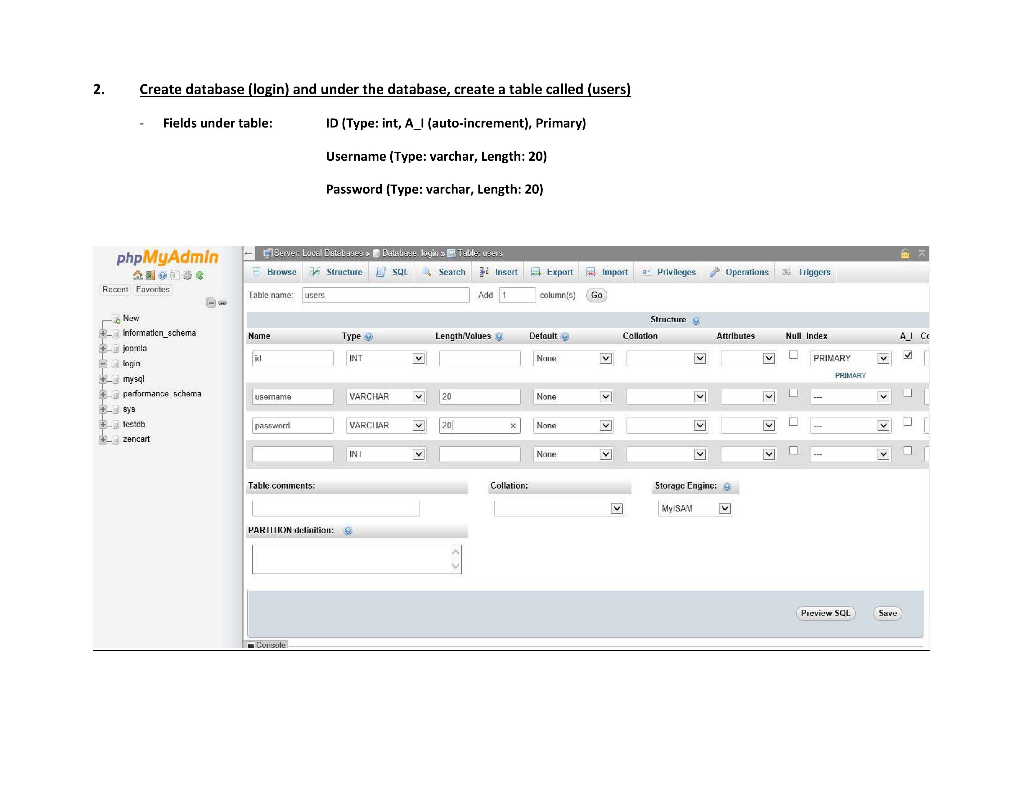

With TformHello.Create(WebApplication) do ServerController, IWBaseForm, unit2 //Note - if you changed your second form's filename - change this! Change the button click event to read as follows: Procedure TformHello.IWLink1Click(Sender: TObject) We will be adjusting the text at run time and thus will be manually adjusting the width.Ĭreate an OnClick event by double clicking on the TIWLink.Īdd the following statement to the event: Using the property inspector, apply the following changes:Ĭhange the form Name property to formHello.ĪutoSize = False. You will now have a new blank form again: For a detailed explanation of page mode and application mode, please refer to the IntraWeb Manual. For this tutorial we'll chose "Application Form", which will produce a HTML 4.0 application mode form. For each of those, the HTML type is also selectable, so you can chose to produce a HTML 3.2 form or a HTML 4.0 form. This dialog allows you to select whether you want a Page Mode form, or an Application Mode form. The following dialog will appear, allowing you to select the form type: Select New | Other from the File menu, and select the IntraWeb tab. Ust to show you that there are no hidden gotchas with IntraWeb, let's continue on and show you how easy it is to do multiple forms with IntraWeb. Clear the edit box. The properties are not only for reading, but writing too!

Show a message dialog. Could it be any simpler? See if the user entered anything, or if they left it blank! No parsing of HTTP variables, no adaptors, no bindings. Read the users entered text from the Text property. To handle the button click all we did was define an OnClick! End of story! WOW!
INTRAWEB APPLICATION WIZARD CODE
Let's take a look again at the code we wrote to do this and examine it line by line. We still have not written a single line of HTML or Javascript, and this is exactly how IntraWeb works. Wow! That was pretty cool eh? Yes, but the really cool part was that it was done purely with standard Delphi code. Please see "Why did the chicken cross the road?" in the FAQ. Please see "When when using Internet Explorer is there a delay when I first click on a button?" in the FAQ. Please see "Why when debugging using the IDE and Netscape 4 is the application is slow on the development machine and the task manager shows 100%?" in the FAQ. Notice the browser has picked up on the page title as set in the form's title property.Įnter your name in the edit box and press the button. Run the application as we did in the previous demo, and press F9 again after the debug window appears to launch the browser. WebApplication.ShowMessage('Hello ' + s + '!') WebApplication.ShowMessage('Please tell me your name!') Procedure TIWForm1.IWButton1Click(Sender: TObject) Delphi will create a shell event for you similar to this: Simply create a OnClick event for your button and add code. To handle a button click in IntraWeb, it is just like a normal Delphi application. However if you have worked with other web development tools, you will now really begin to see where IntraWeb is different. If you have never worked with web development tools before, this next step will not seem like magic for you as you will think, "This is the way it should work, no?". Your form should now look something like this: Set the Caption property to "Talk to me!".

This will be displayed as the page title when shown in the browser.Ĭhange the label's Caption to read "What is your name?" Set the form's Title property to "What is your name?". If you have not created this project yet, you will need it for this demo. Not IntraWeb, IntraWeb is truly componentized.įor this demo, we will continue by modifiying our "Hello World" application built in the Hello World demo. Other development tools require you to set up adaptors, bindings, or handle the HTTP variables your self. We challenge you to try even something this simple with any other web development tool. As you will soon see the code used is still standard Delphi code. The last tutorial was very basic and designed to simply show you how easy it is to get an IntraWeb application up and running. This application is built using IntraWeb's application mode. In order to understand and run the example in this tutorial you should read the "Hello World" tutorial first.
INTRAWEB APPLICATION WIZARD HOW TO
In this tutorial you'll learn how to use multiple forms, how to handle user input and how to use sessions. SwissDelphiCenter.ch : IntraWeb Tutorial - User Inputįor more information about IntraWeb visit the IntraWeb Websiteįor more information about the Indy Project visit the Indy Project Page


 0 kommentar(er)
0 kommentar(er)
